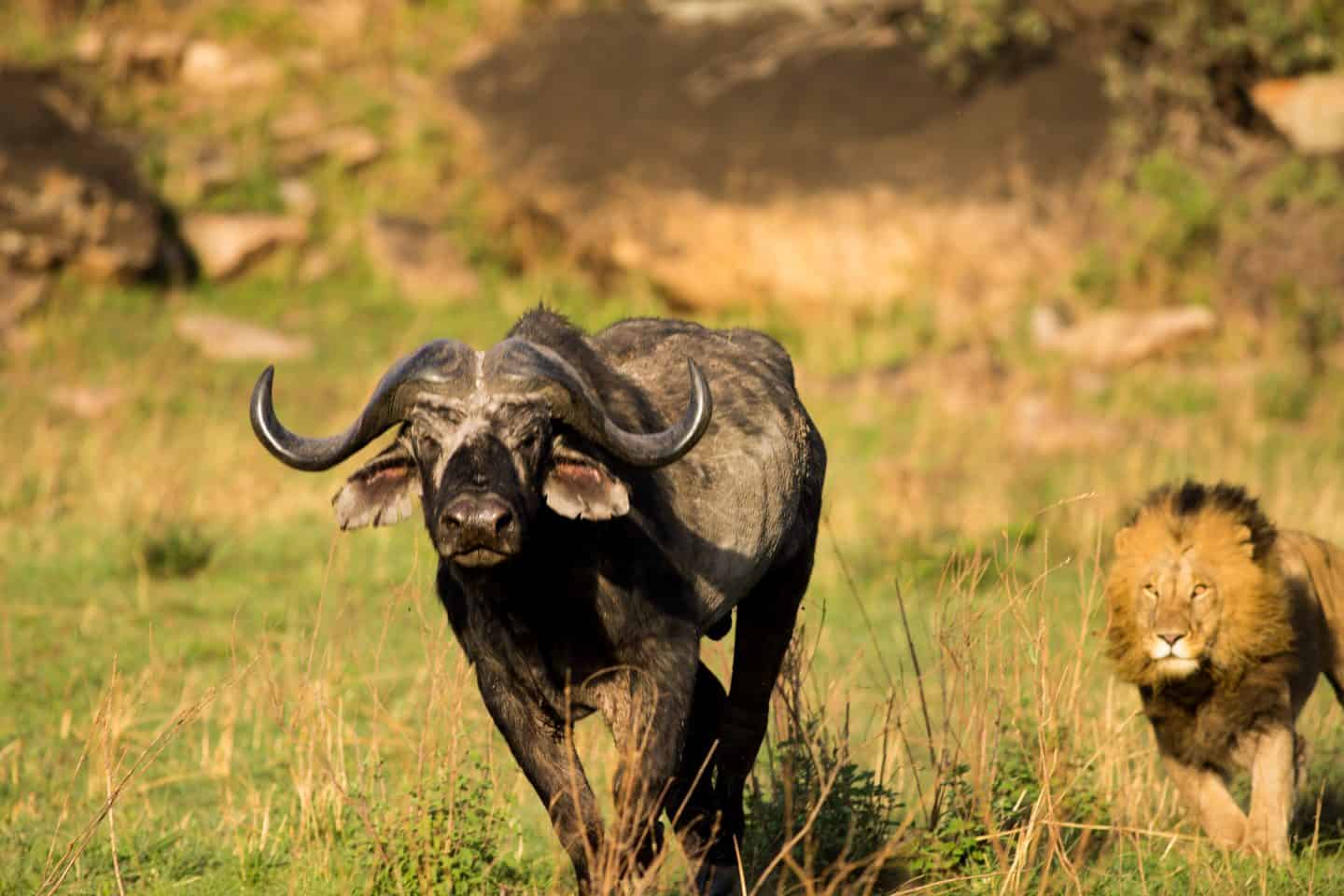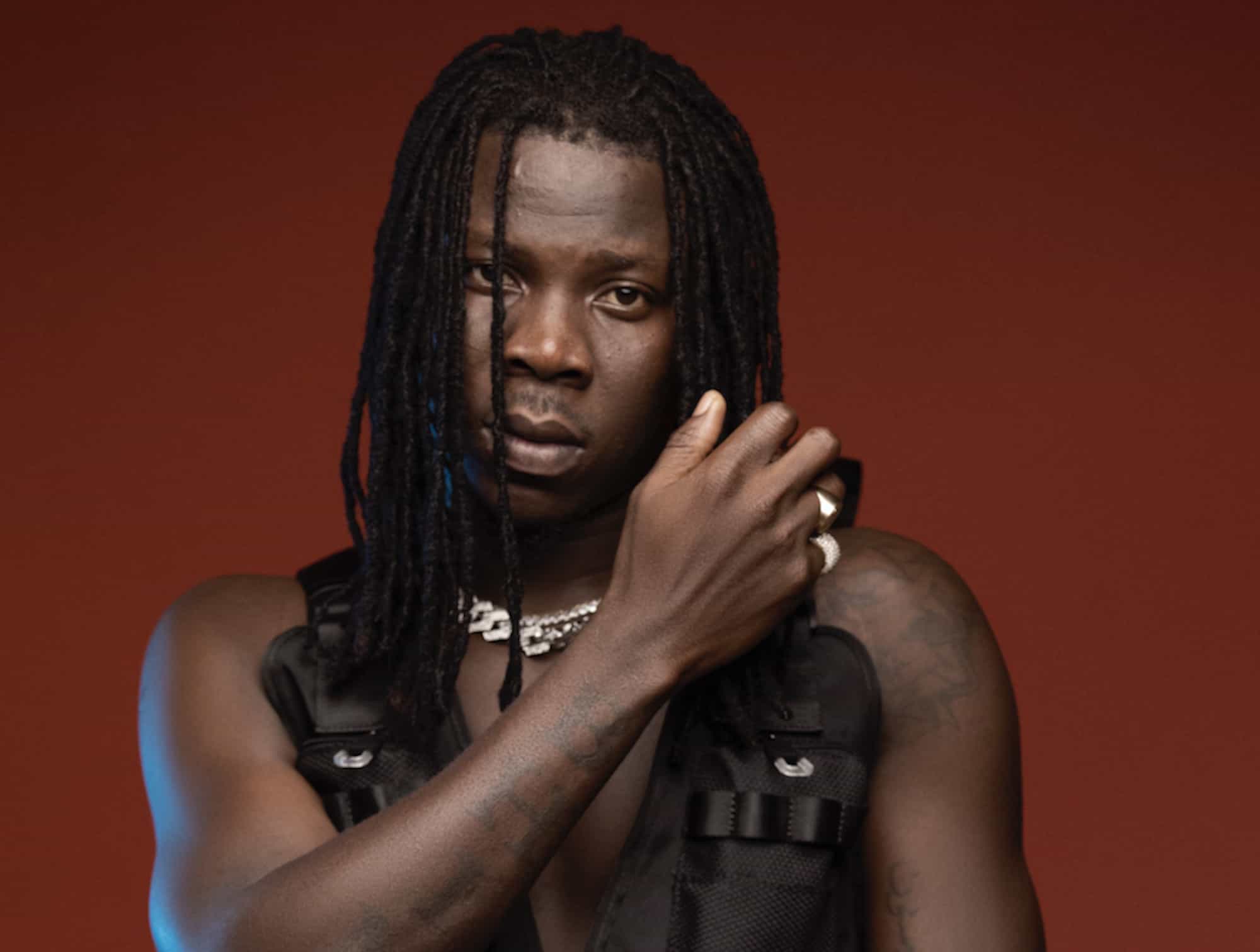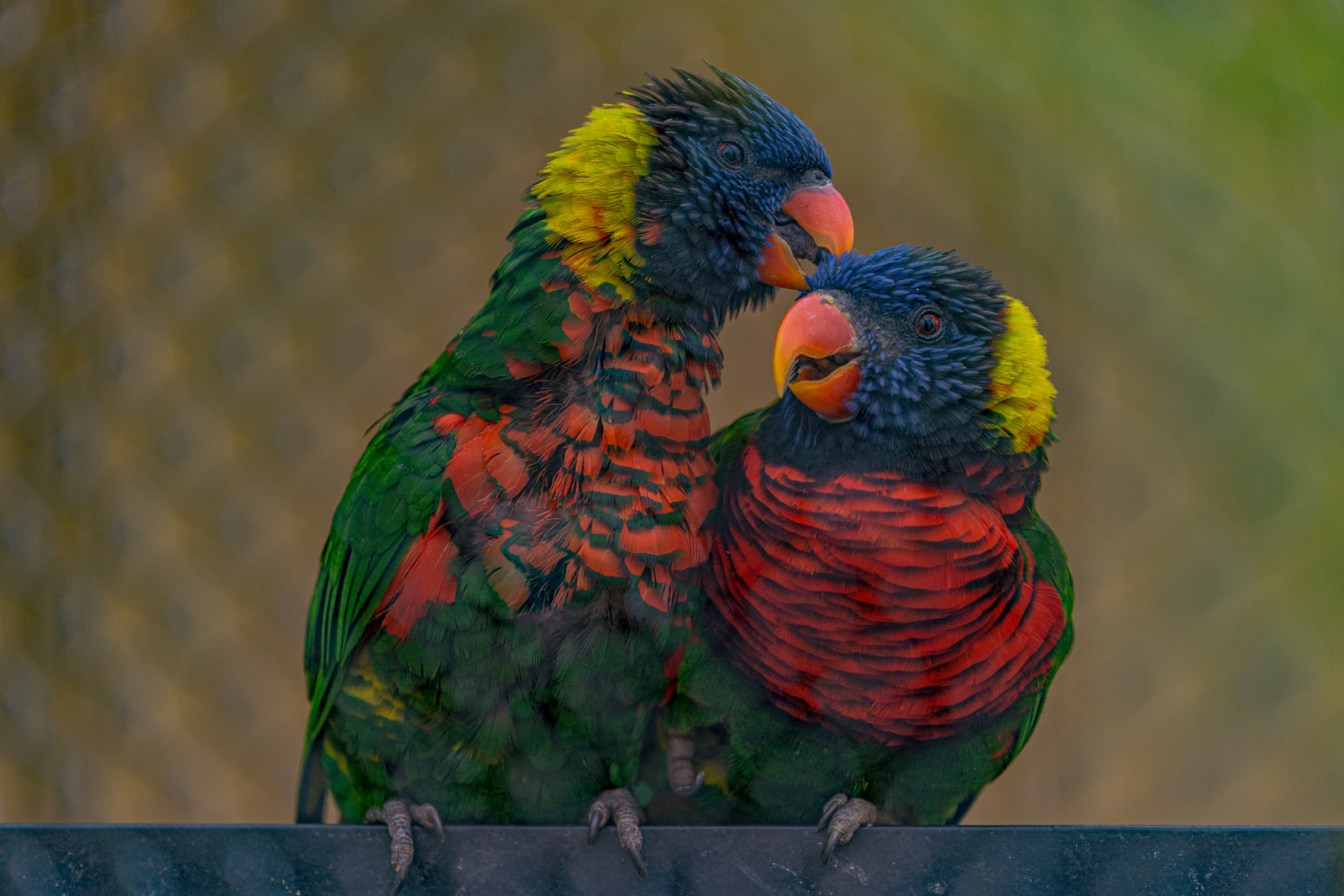The animal kingdom is a world where you eat or be eaten. This is why animals are grouped into preys and predators even as they share an ecosystem.
Before we can understand what a prey is, it is only fair to run through what an ecosystem is, and other important facts.
Below are all the useful information on preys and how they exist.
What is an ecosystem
A biological population and the chemical and physical features that make up the non-living world in which the community resides are composed of an ecosystem.
Ecosystems are unique to places and, depending on who defines them, the boundaries of these spaces can differ. Ponds, grasslands, trees, and deserts provide several examples of ecosystems.
In every ecosystem, the Prey relates to the species consumed by other animals. Different habitats are home to numerous species of Prey.
Characteristics of Prey
At some stage of life, most species are Prey. And predators are possible Prey when they are infants, including wolves.
The physical features of herbivores that are potential Prey for their whole lives help them escape predation. Many species of Prey have eyes on the edges of their heads, allowing them to see more of their world.
Some species of prey use disguise to hide from predators, such as the snowshoe hare.
Other Mechanisms of Prey Protection
To defend themselves, prey organisms employ a variety of defensive mechanisms. Depending on sound and movement, predators frequently detect their Prey.
As predators approach, prey animals, including crickets, become quiet. Prey species also live in groups; it is challenging for predators to distinguish an individual animal when a herd or flock is moving rapidly.
Some species of Prey have biological modifications that make it hard for predators to eat them. One instance of a prey animal that has evolved mechanisms to defend itself is the pufferfish, which increases when threatened.
Predator-Relationships with Prey
Predators and their Prey also grow together, creating features that, if they are predators, help them capture Prey and stay healthy if they are Prey.
The quickest lions on the savannah, for instance, are the ones who capture Prey and have the resources to reproduce. The lions get faster over time, and the quickest ones can live and prosper.
But the zebras and gazelles which the lions prey on have become quicker with time so the quickest animals can avoid predation and reproduction.
Natural selection determines that in both the predator and prey groups, the traits required for survival become stronger. The animals then change, but their relationship to each other does not.
Prey in Different Habitats
Different habitats are home to numerous species of Prey. The prey animals are mostly small fish and crustaceans in marine environments.
Popular prey species in grassland ecosystems include herbivorous mammals. A wide range of species of Prey, including little birds and rodents, insects and even plants, is home to forest ecosystems.
Predator-prey dynamics are complicated. One moment, organisms may play the role of Prey and the next, predator.
Final thoughts on Prey
In a world where it’s a constant battle to survive, it is only fair that a balance is maintained. Preys and predators have learned to hunt and defend themselves as they co-exist in the same ecosystem.









